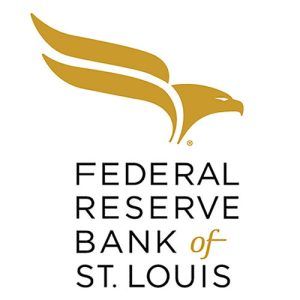“Cybersecurity concerns, once again, dominated a list of internal risk issues, with 65% of respondents indicating it was extremely important. Cybersecurity also ranked as a top risk in current and future technological challenges.”
After several years of pandemic-related internal and external challenges, the nation’s community bankers have largely turned their focus to traditional concerns related to the economy, technology and competition from nonbank providers.
That switch is one of the key findings of this year’s Conference of State Bank Supervisors (CSBS) National Survey of Community Banks. The survey is conducted annually by CSBS and state bank regulators. Nearly 500 bankers answered questions about the challenges and opportunities they face in the industry. The report also contains extensive comments from five bankers from around the country on survey topics.
Chief External and Internal Risks
The bankers surveyed cited net interest margins and economic conditions as their top external risks. That’s not terribly surprising, as the survey was conducted during a period (April through July 2022) of rising consumer prices and interest rates and falling asset prices and gross domestic product.
While rising interest rates provide an opportunity to increase margins, there are substantial risks, too, hence bankers’ concerns. Loan demand remains a concern, but less so than last year, and it is virtually tied to regulation and the cost of technology as a major risk.
Cybersecurity concerns, once again, dominated a list of internal risk issues, with 65% of respondents indicating it was extremely important. Cybersecurity also ranked as a top risk in current and future technological challenges.
Staff retention and technology implementation were other risks that ranked high among the surveyed bankers. Overall, banker perception of operational risks – such as cybersecurity, credit and operations – declined from last year, which reflects, in part, the lessening effects of the COVID-19 pandemic.
Technology, Competition and Regulation
The share of bankers who say the adoption of new technology is extremely important continues to grow. Mobile banking services – which received a significant boost in interest during the height of the pandemic – are now offered at 97% of responding banks; remote deposit capture is available at 85% of these institutions.
Advancements such as electronic signature verification, online loan closings and online loan applications are other innovations community bankers are seriously considering adopting over the next year if they are not already offered. Bankers cited cybersecurity risks, cost, core processor responsiveness¹ and regulatory changes as the most difficult challenges they face in implementing new technology.
Regarding competition, community bankers, by and large, still consider other community banks their biggest competitors for most categories of loans and deposits, followed by regional and national banks. Credit unions are viewed as prime competitors for deposits. While many bankers see fintech firms as competitors in the provision of several financial services, an increasing number of community banks are entering partnerships with fintech firms to offer these products and services.
Prior to 2017, regulatory burden was a dominant issue in survey responses, likely due, in part, to the changes brought about by the Dodd-Frank Act. But regulatory burden reduction legislation and so-called regulation technology, or regtech, appear to have eased the burden.
Regtech consists of several applications to assist banks in meeting their compliance responsibilities, using technology such as automation, advanced analytics and cognitive computing. The cost of compliance appears to be stabilizing in light of these developments; median personnel costs related to regulatory compliance as a percentage of total personnel expenses dropped to 7.1% in 2017 and has remained below that level since.
Looking Ahead
In addition to conducting the annual survey, CSBS polls a panel of community banks quarterly and uses the data to create a Community Bank Sentiment Index (CBSI), which debuted in the second quarter of 2019. The latest reading for the third quarter of 2022 showed continued negative sentiment among community bankers, although the index number was up from its record low in the second quarter of 2022.
In the latest CBSI poll, community bankers expressed ongoing concerns over high inflation, economic growth and the possibility of a more burdensome regulatory environment. Although the annual survey provides a more comprehensive look at the opportunities and challenges facing community banks, the quarterly CBSI provides an important snapshot of how our nation’s smallest banks view the outlook for the U.S. economy. Taken together, we get a clearer picture of the economic conditions that banks face today and where they think challenges will persist in the future.









